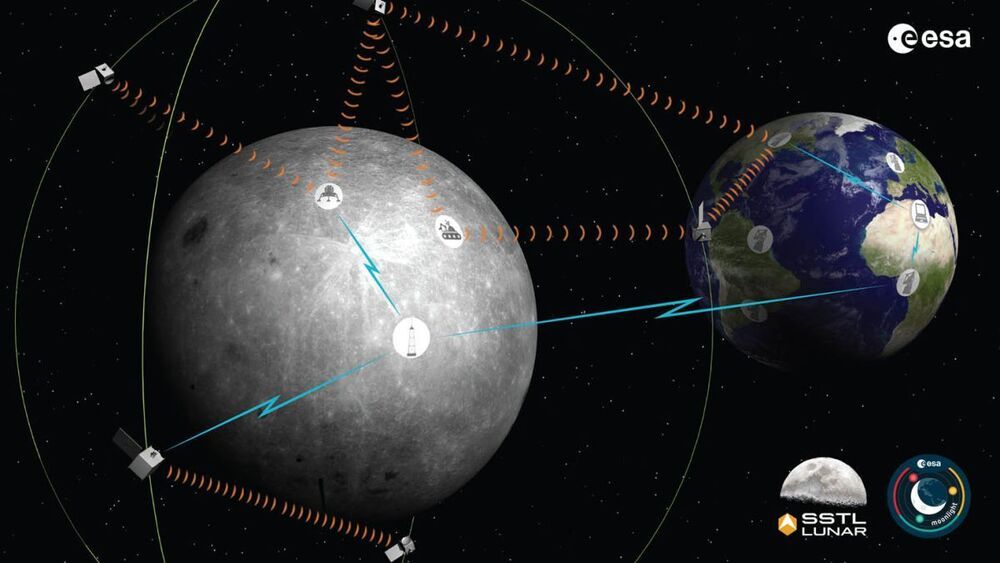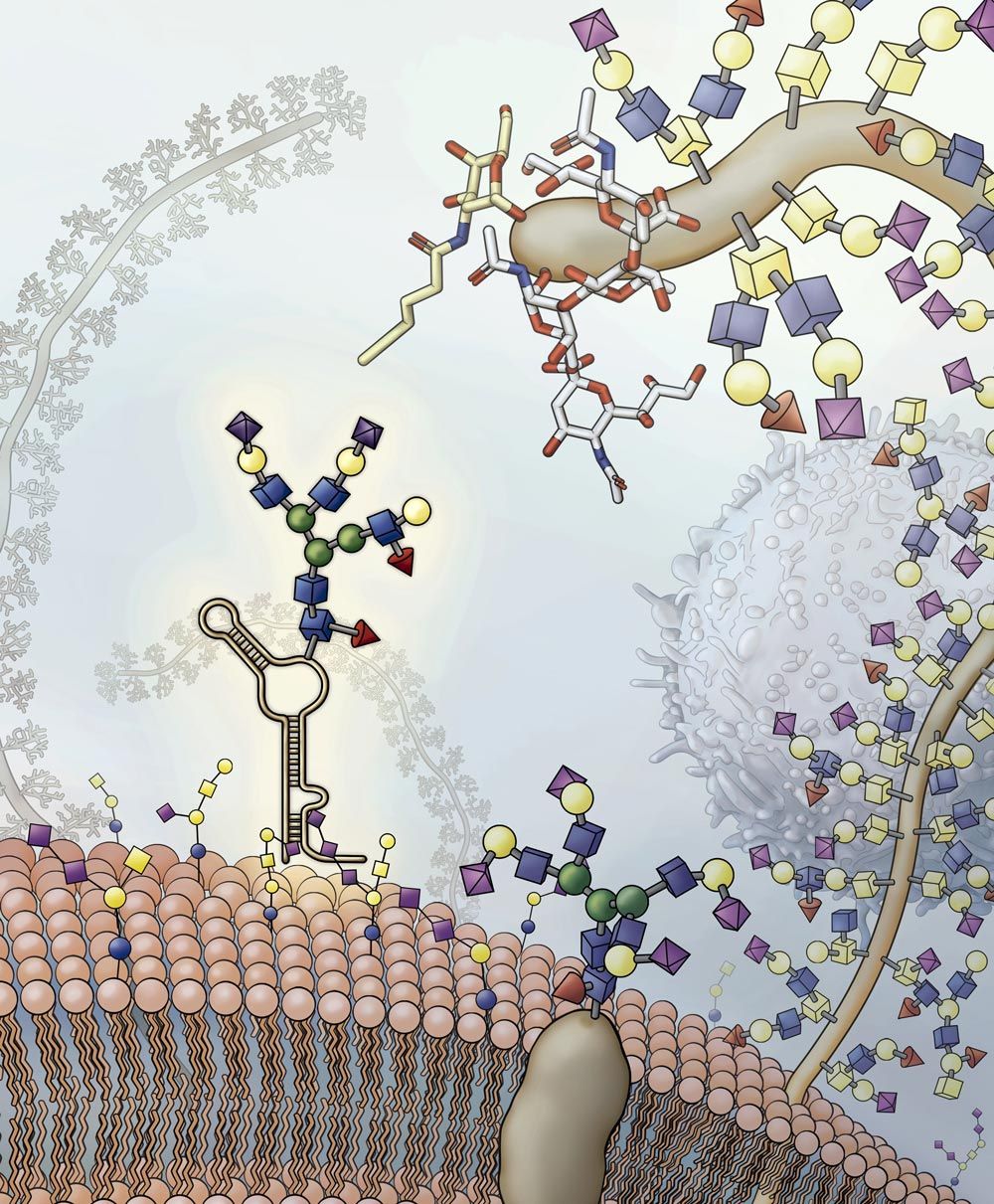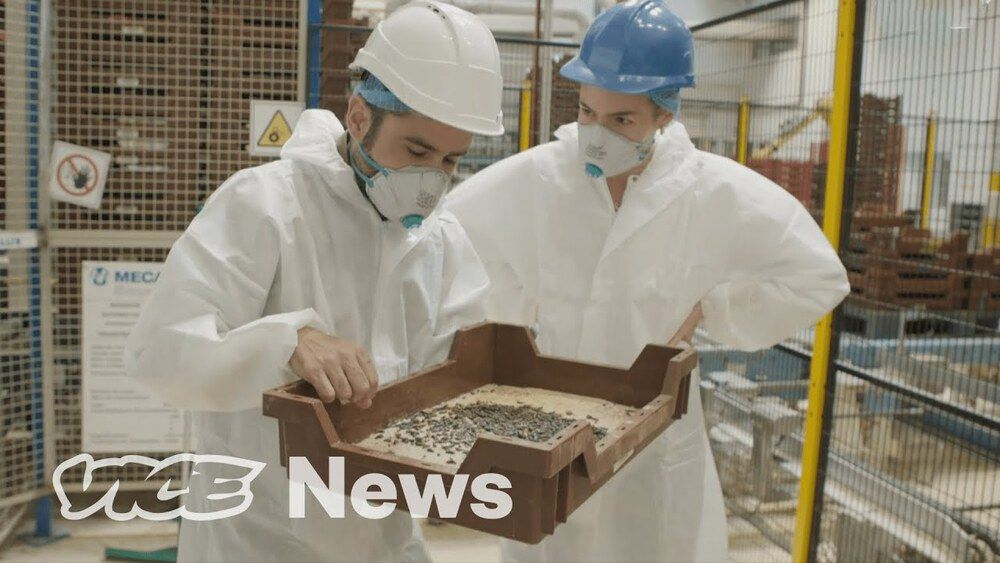
The harmfulness of pesticides to beneficial organisms is one of the most serious concerns in agriculture. Therefore scientists are eagerly looking for new, more environmentally friendly and species-specific solutions. Researchers at the Estonian University of Life Sciences, Ghent and the University of Maastricht took a long step forward in this regard.
The detrimental impact of pesticides on non-target organisms is one of the most urgent concerns in current agriculture. Double-stranded RNAs (dsRNAs) represent the most species-specific class of pesticides to date, potentially allowing control of a target pest without effecting other species. The unprecedented target-specificity of dsRNA is due to its nucleotide sequence-specific mode of action that results in post-transcriptional gene silencing, or RNA interference (RNAi), in the target species. The development and field use of dsRNAs, via both the insertion of transgenes into the plant genome and the application of dsRNA sprays, is a rapidly growing area of research. Simultaneously, there exists the growing prospect of harnessing RNAi within integrated pest management schemes.
Using the pollen beetle (Brassicogethes aeneus) and its host crop oilseed rape (Brassica napus) as a model crop-pest system, a team of researchers collectively from Estonian University of Life Sciences, Ghent University and Maastricht University examined how RNAi efficacy depends on duration of dietary exposure to dsRNA. To this end, the authors applied dsRNA (specifically designed to induce RNAi in the pollen beetle) to oilseed rape flowers, and analyzed RNAi-induced mortality between insects chronically fed dsRNA and insects fed dsRNA for 3 days. Most notably, their data suggest that, with chronic dietary exposure to dsRNA, reduced dsRNA concentrations can be applied in order to achieve a similar effect compared to short-term (e.g. 3 days) exposure to higher concentrations. This observation has important implications for optimizing dsRNA spray approaches to managing crop pests.

















